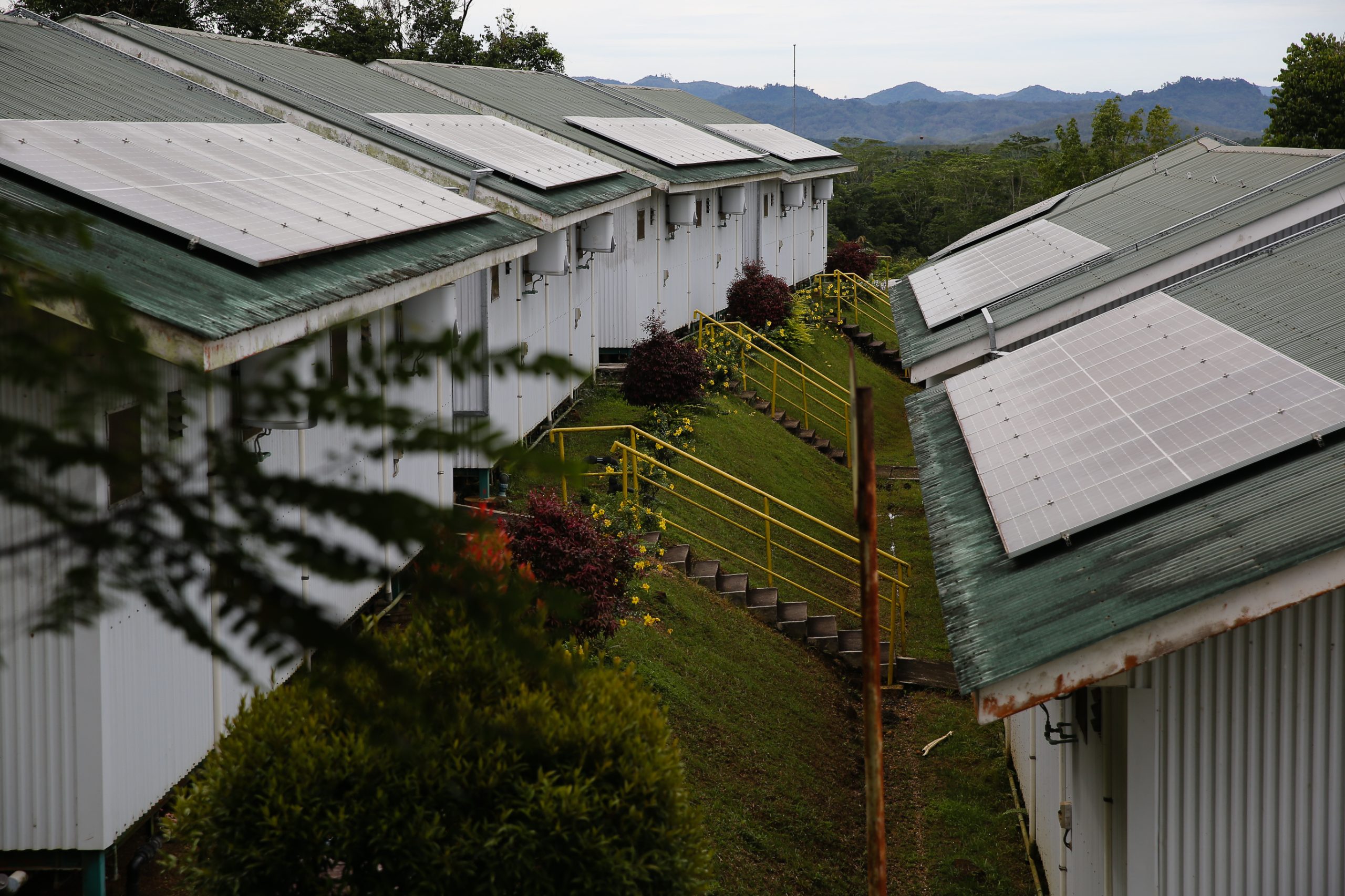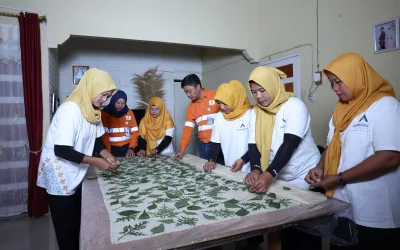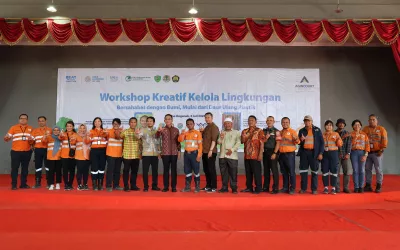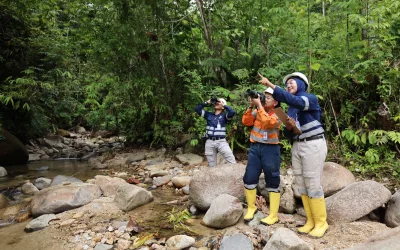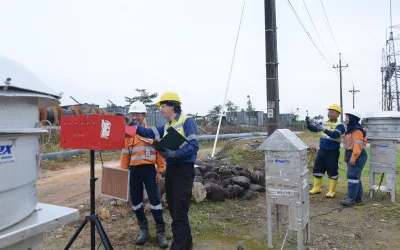Indonesia possesses a significant and diverse potential for New Renewable Energy (EBT), including geothermal, wind, solar, and tidal energy. The EBT potential in Indonesia reaches an impressive 3,687 Gigawatts (GW), with specific potentials such as hydro (95 GW), bioenergy (57 GW), wind (155 GW), geothermal (23 GW), and tidal (63 GW). Additionally, there is uranium potential of 89,483 tons and thorium potential of 143,234 tons. However, as of the first half of 2023, the overall utilization of EBT in Indonesia has only reached 12,736.7 Megawatts (MW). According to the Director General of New Energy, Renewable Energy, and Energy Conservation (EBTKE), Dadan Kusdiana, this figure includes contributions from hydropower at 6,738.3 MW, bioenergy at 3,118.3 MW, geothermal at 2,373.1 MW, solar power at 322.6 MW, wind power at 154.3 MW, bioenergy, and coal gasification power plants at 30.0 MW.
To support the efforts and development programs of New Renewable Energy (EBT), the government has issued a series of policies and regulations. These include Presidential Regulation No. 5/2006 on National Energy Policy, Law No. 30/2007 on Energy, Law No. 15/1985 on Electricity, Government Regulation No. 10/1989 as amended by Government Regulation No. 03/2005 on the Amendment of Government Regulation No. 10/1989 on the Provision and Utilization of Electricity, Government Regulation No. 26/2006 on the Provision and Utilization of Electricity, Ministerial Regulation No. 002/2006 on the Operation of Medium-Scale Renewable Energy Power Plants, and Ministerial Decree No. 1122K/30/MEM/2002 on Small-Scale Distributed Power Plants. The government is optimistic that the target of achieving a 23% share of national energy mix from EBT by 2025 can be realized.
To meet this target, the government must consistently leverage New Renewable Energy (EBT) as the backbone of the national energy system. The following are several initiatives undertaken by the government:
- Efforts to develop biomass include promoting the utilization of agricultural and forestry industrial waste as an energy source, integrating biomass development with community economic activities, encouraging the fabrication of biomass energy conversion technologies and supporting ventures, and advancing research and development in the utilization of waste, including municipal solid waste, for energy.
- Initiatives to develop wind energy encompass the development of wind energy for electricity generation and mechanical power (water pumping for irrigation and clean water supply). This involves the development of simple wind energy technologies for small-scale (10 kW) and medium-scale (50-100 kW), and encouraging manufacturers to mass-produce Small and Medium-scale Wind Energy Conversion Systems (SKEA).
- Efforts to develop solar energy include the utilization of Solar Power Plants (PLTS) in rural and urban areas, promoting the commercialization of PLTS by maximizing private sector involvement, developing the domestic solar power industry, and creating efficient financing systems and patterns involving the banking sector.
- Initiatives for nuclear energy development involve conducting public awareness campaigns to garner community support and collaborating with various countries to enhance technological mastery.
- Efforts for micro-hydropower development involve integrating Micro-Hydropower Plant (PLTMH) development programs with community economic activities, maximizing the potential of irrigation channels for PLTMH, promoting the domestic micro-hydropower industry, and developing various effective partnership and funding models.
The utilization of new renewable energy is considered a solution to mitigate the most severe effects of global warming, primarily caused by the use of coal and carbon-intensive natural resources. The government’s initiatives towards a clean energy transformation represent a roadmap to achieve a reduction in Indonesia’s emission targets.

